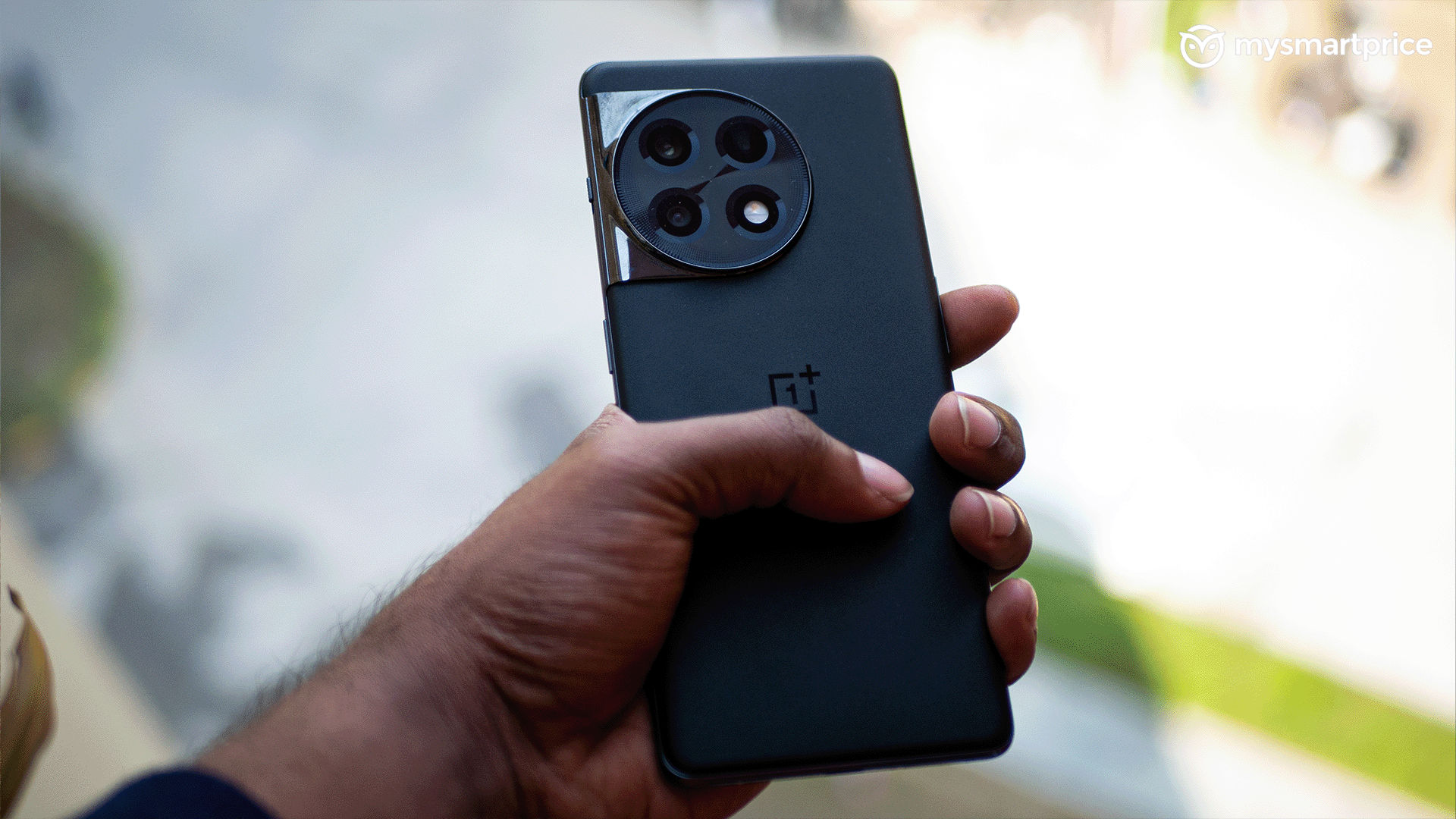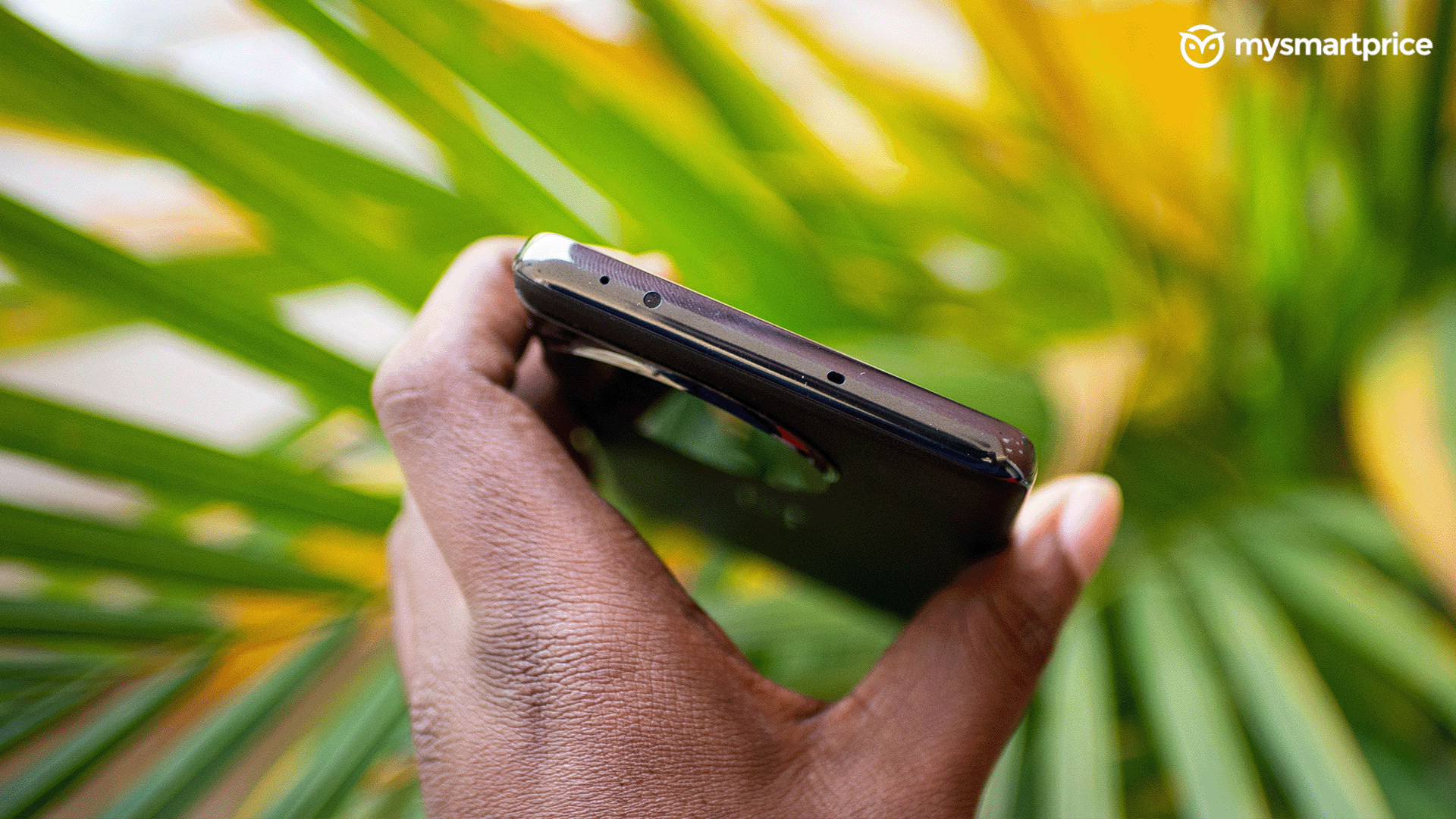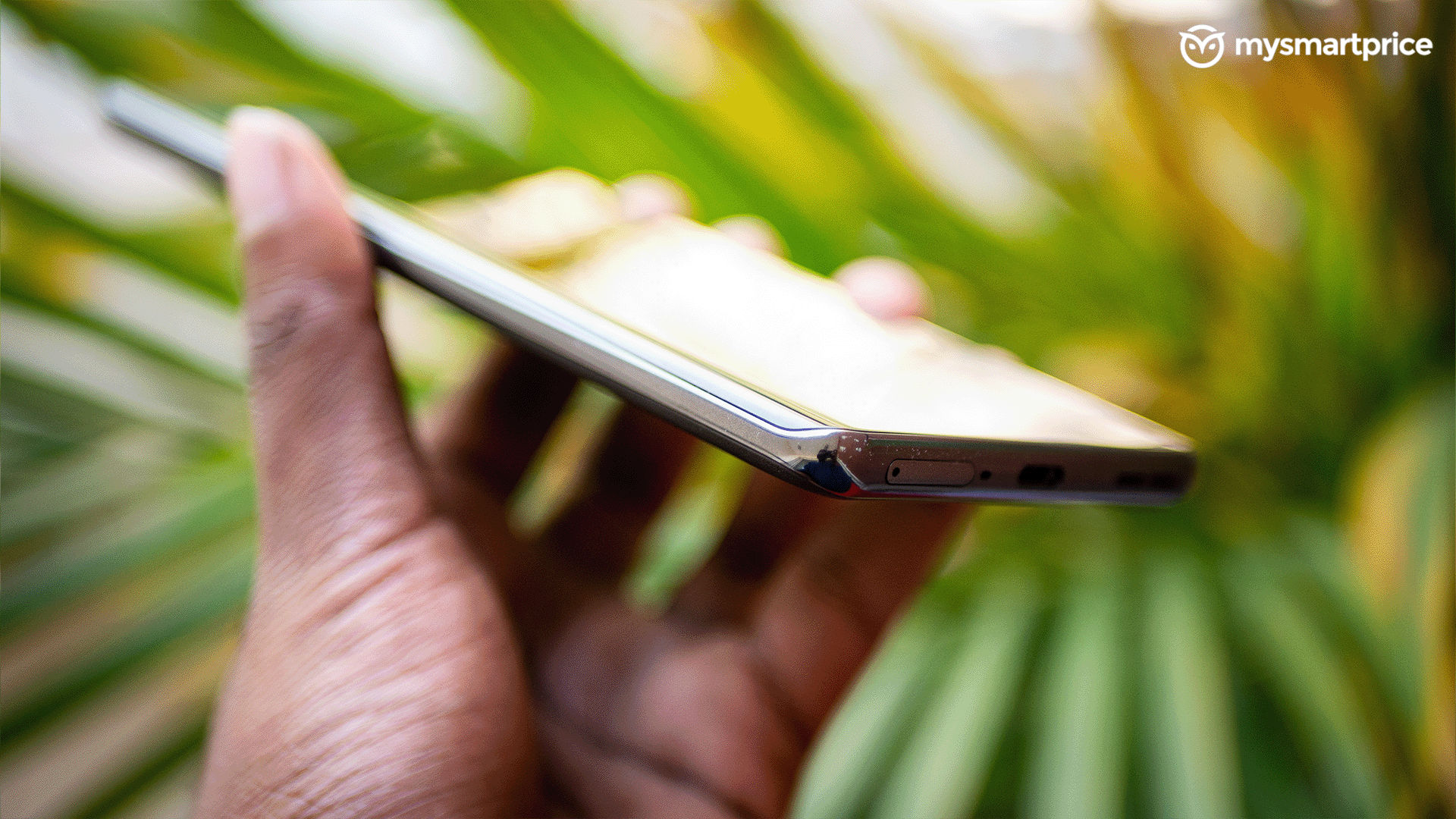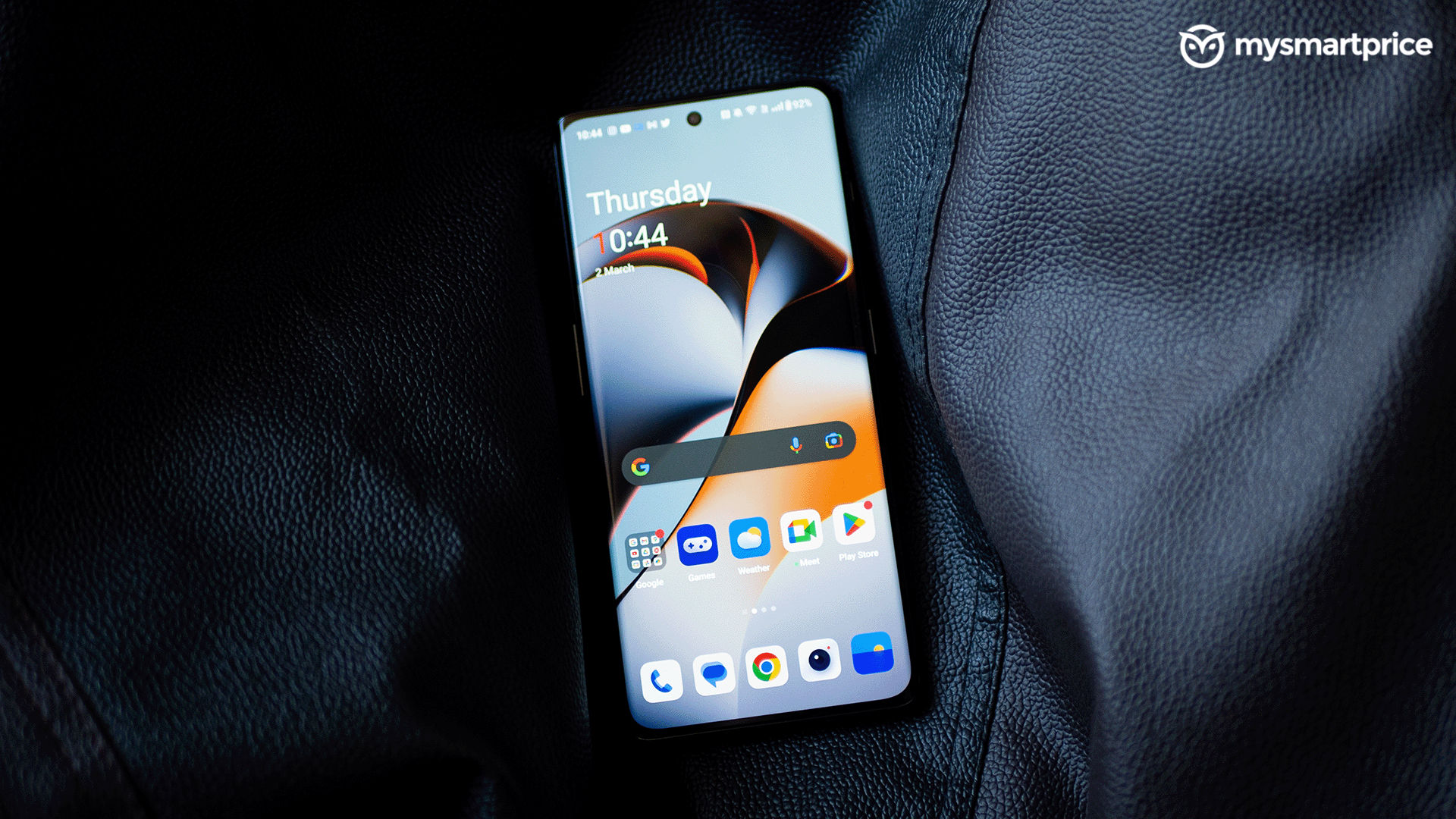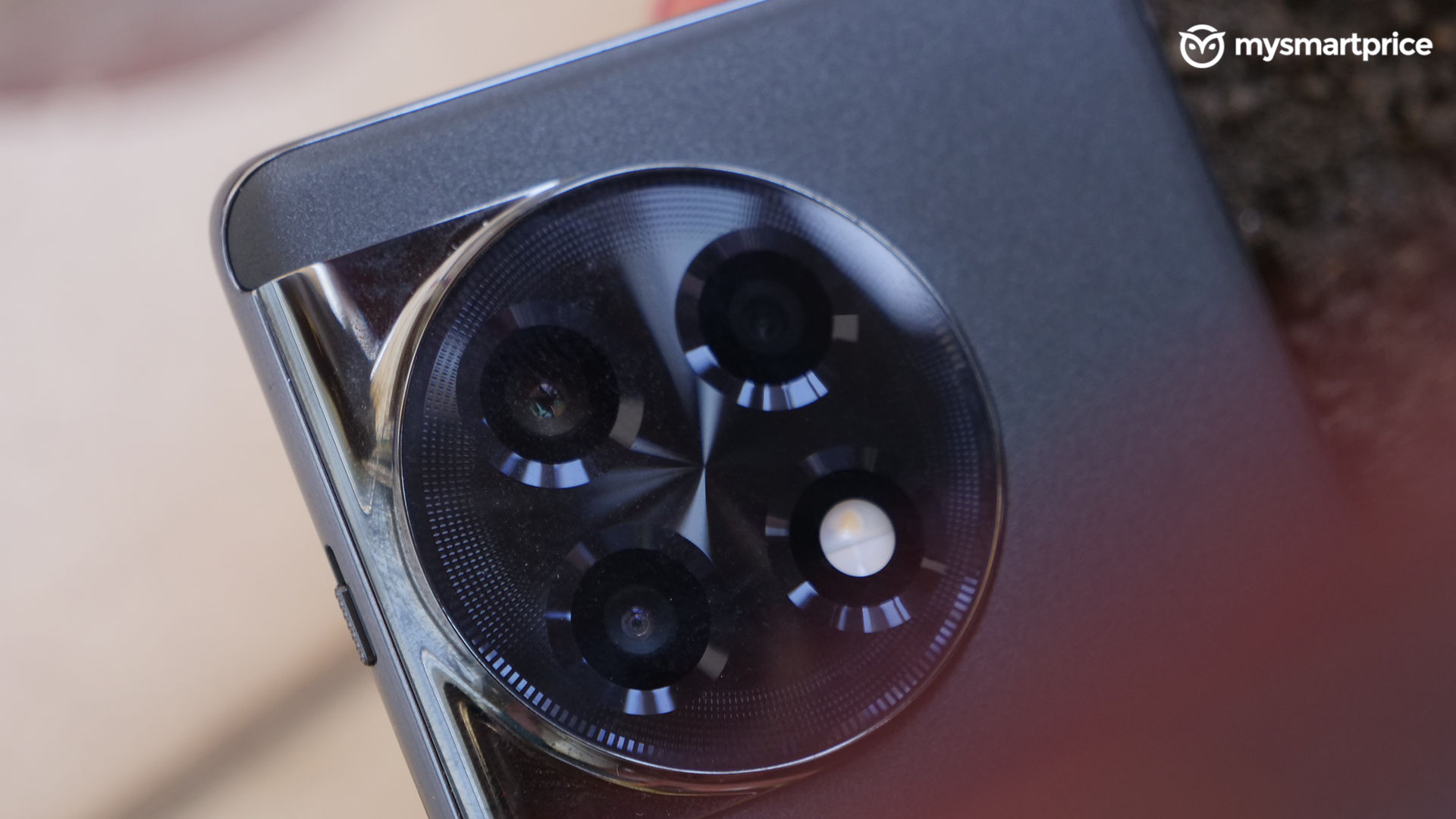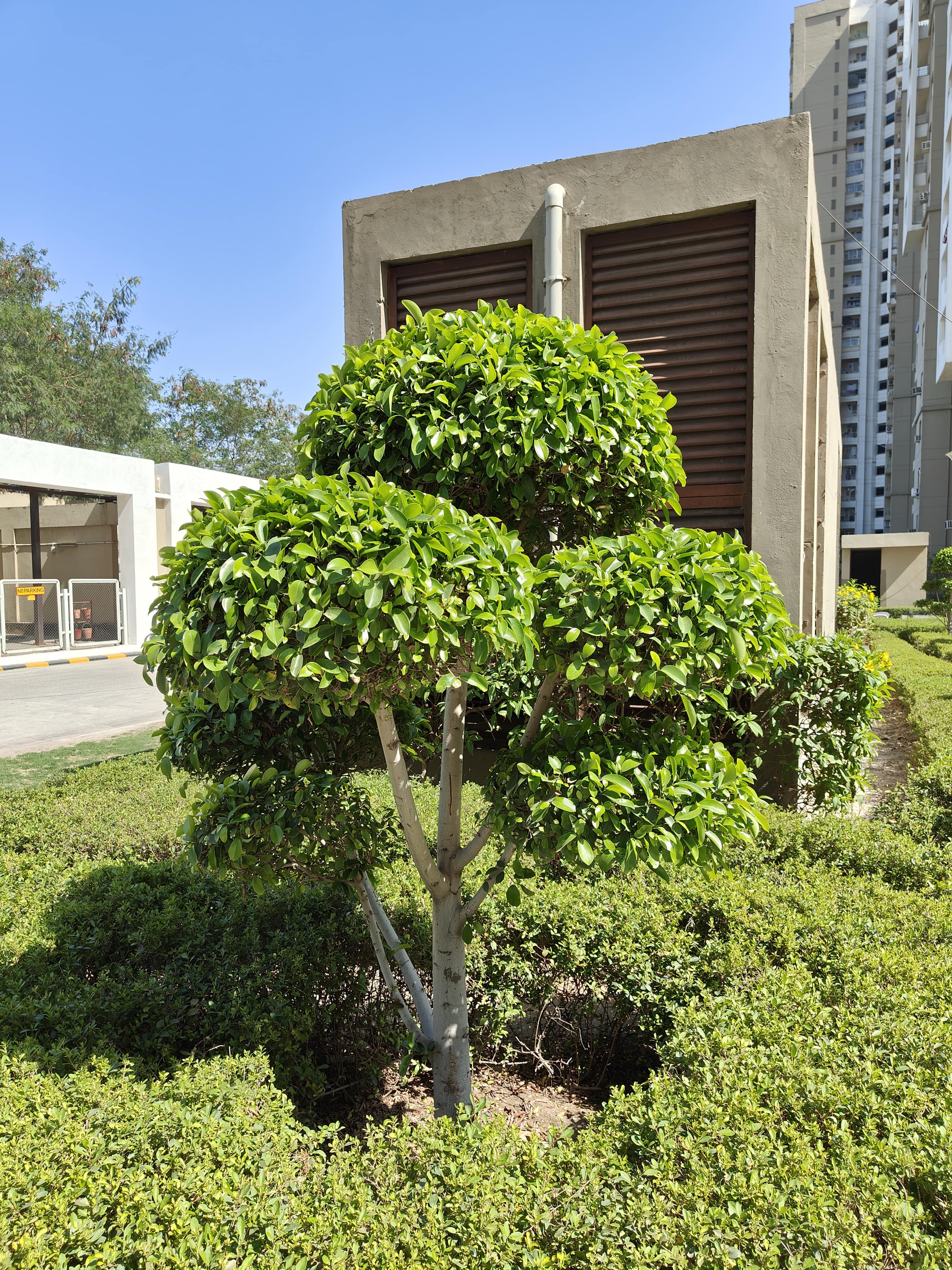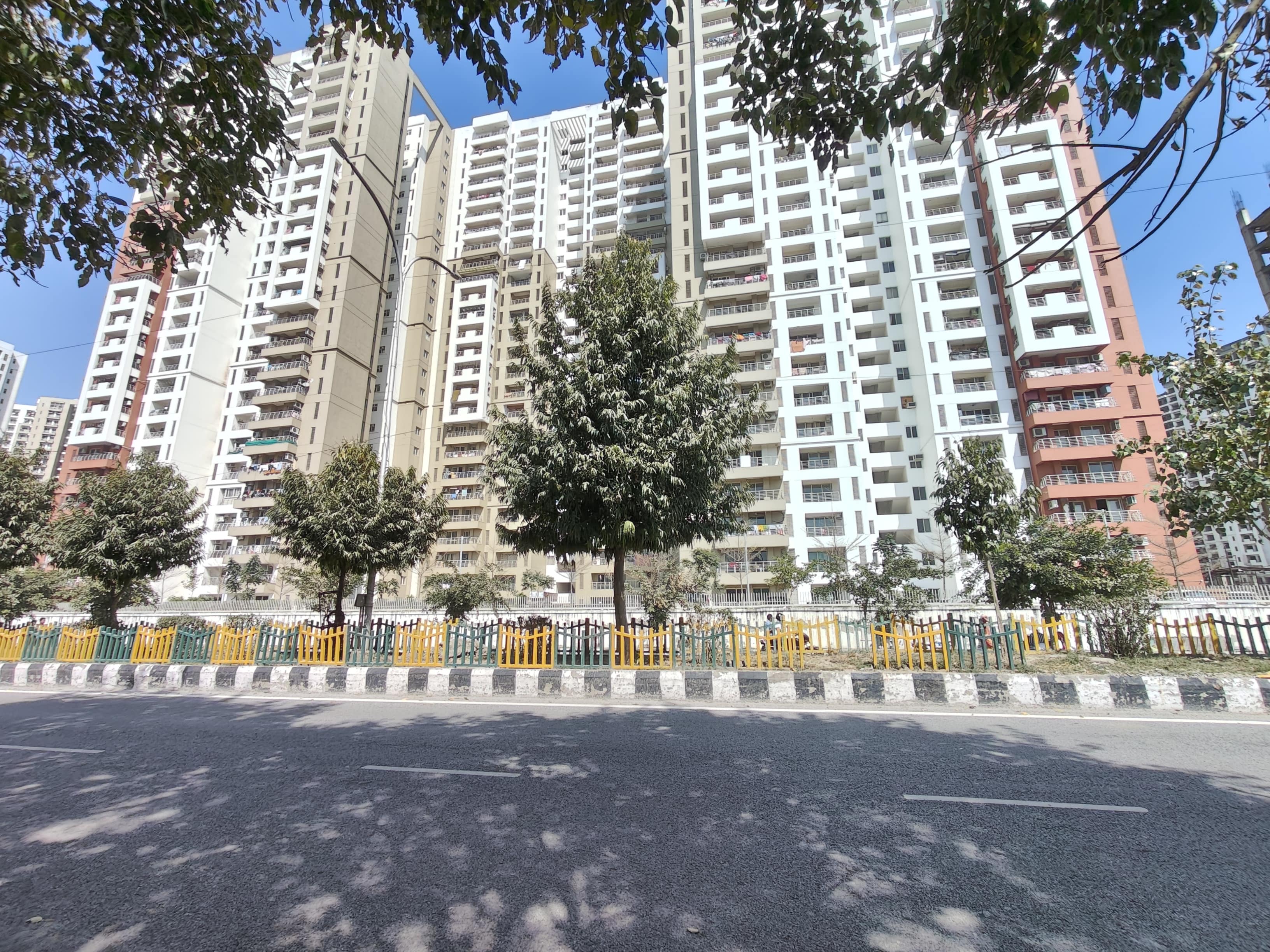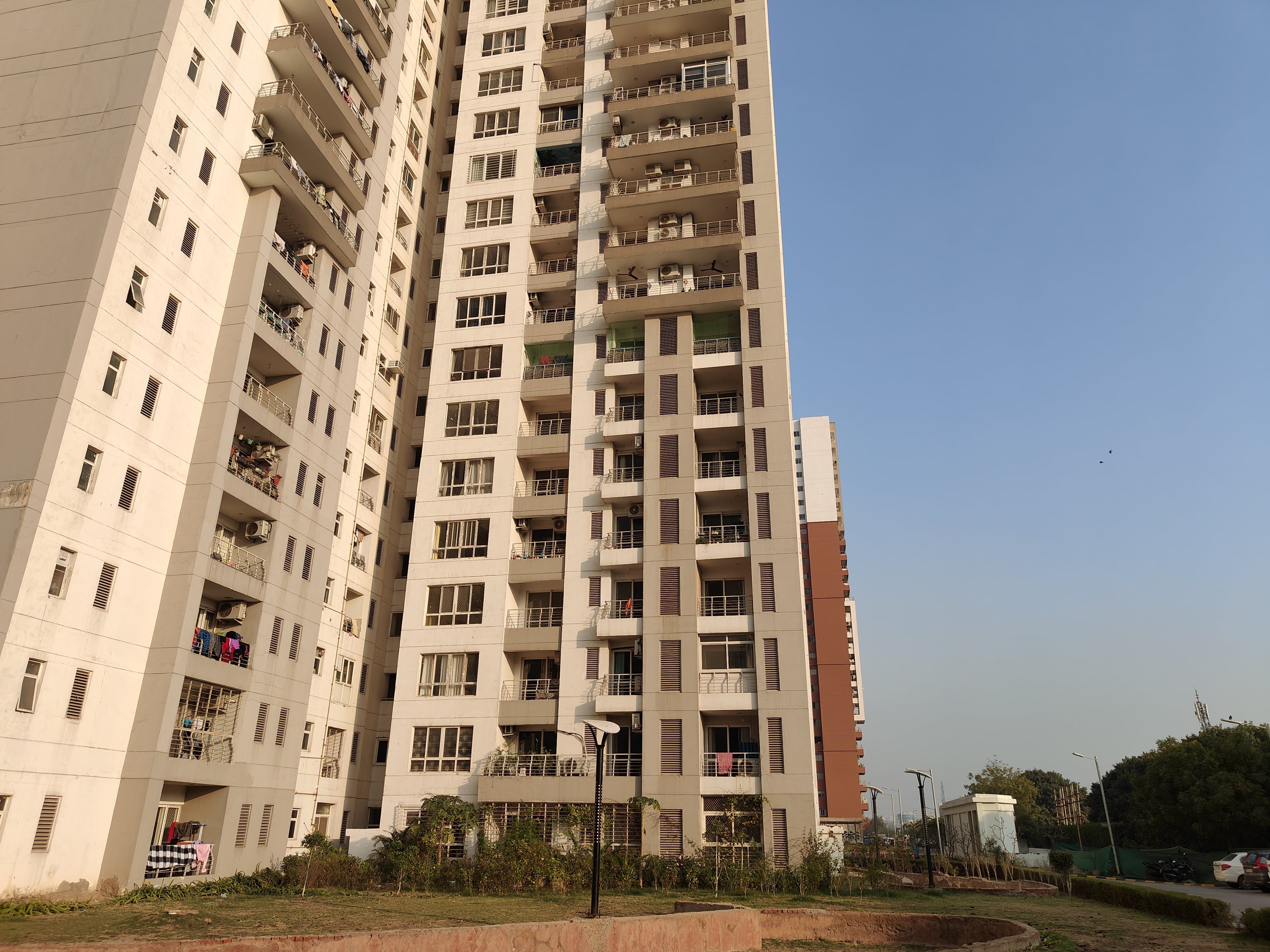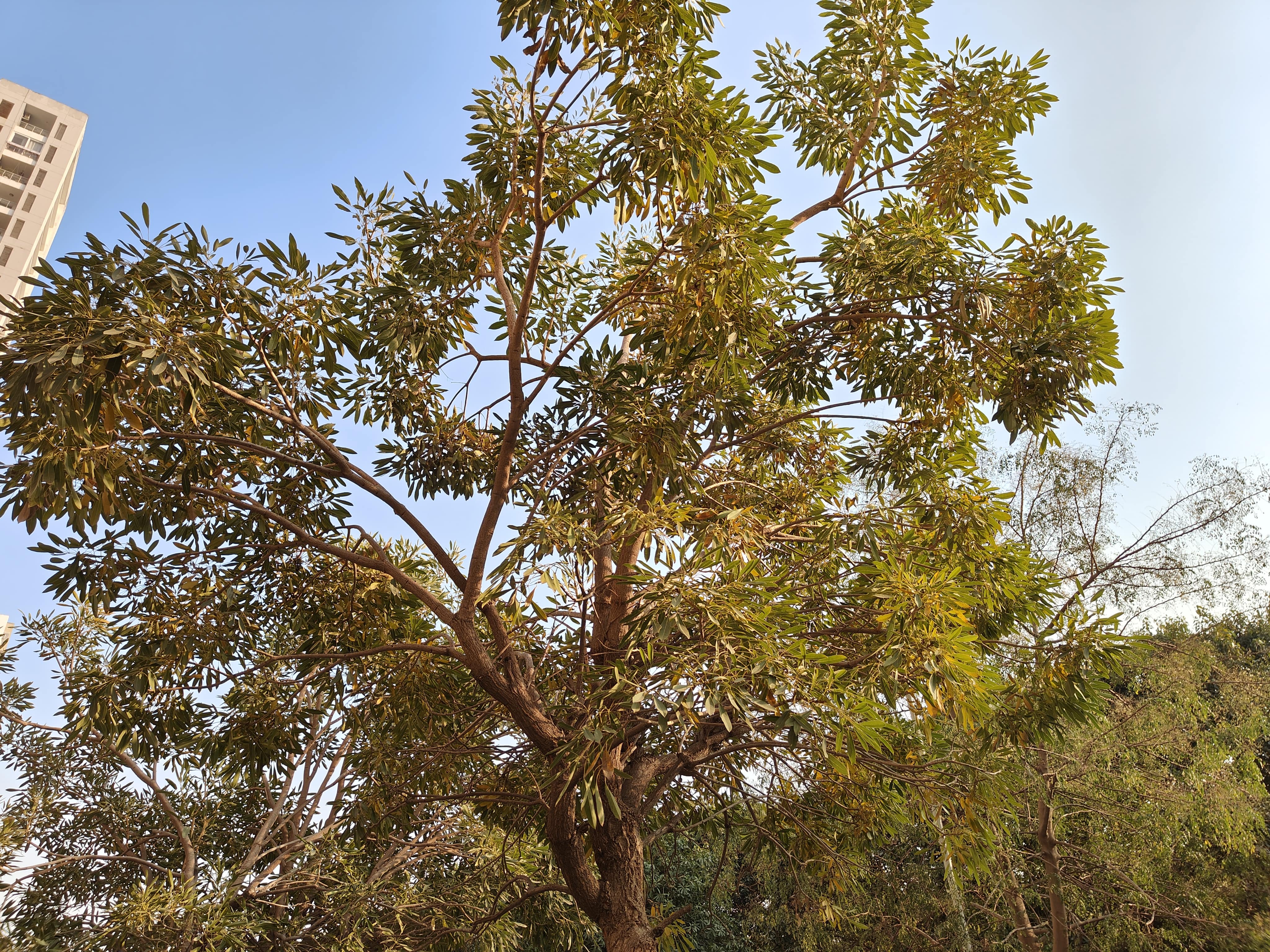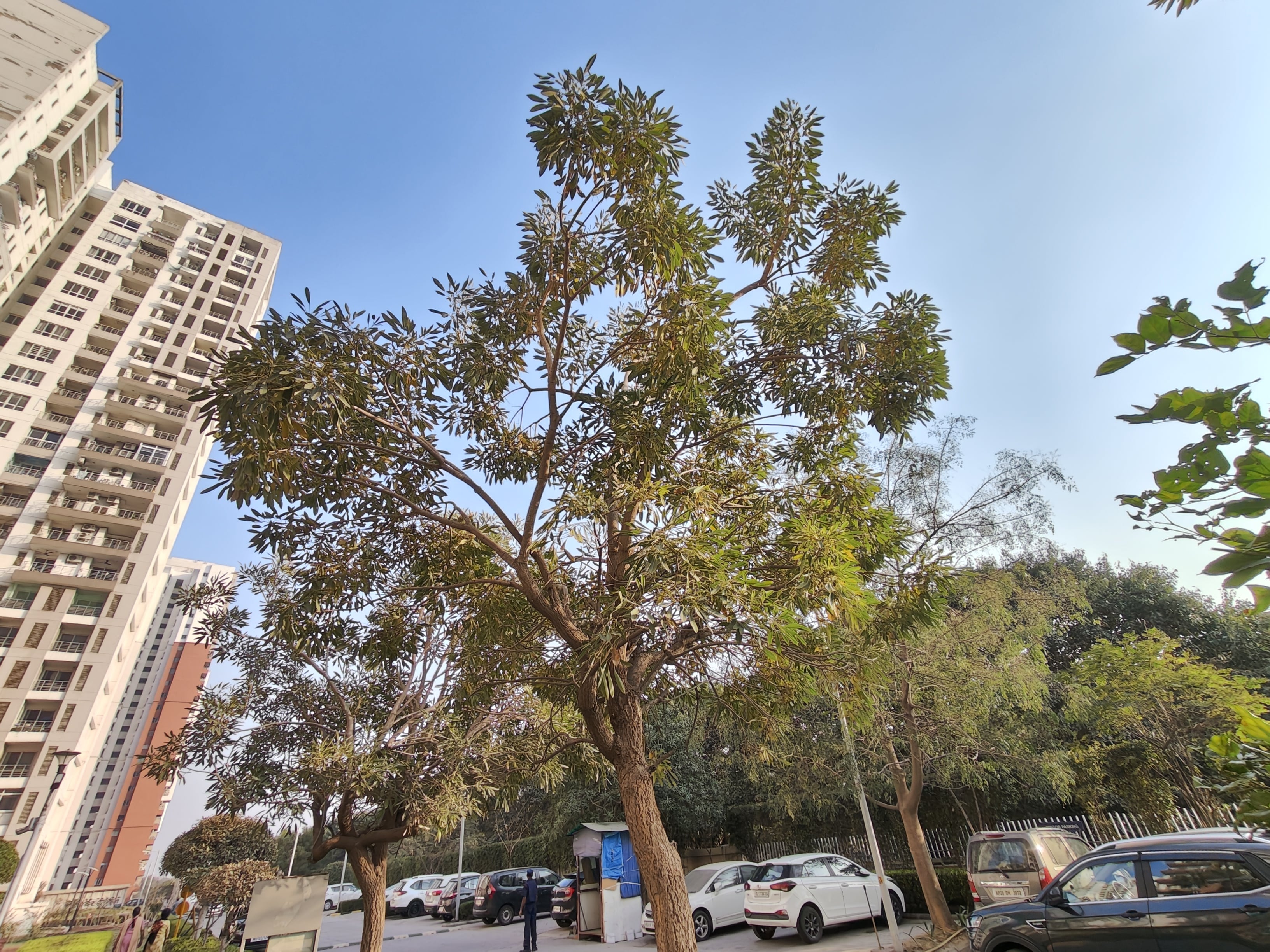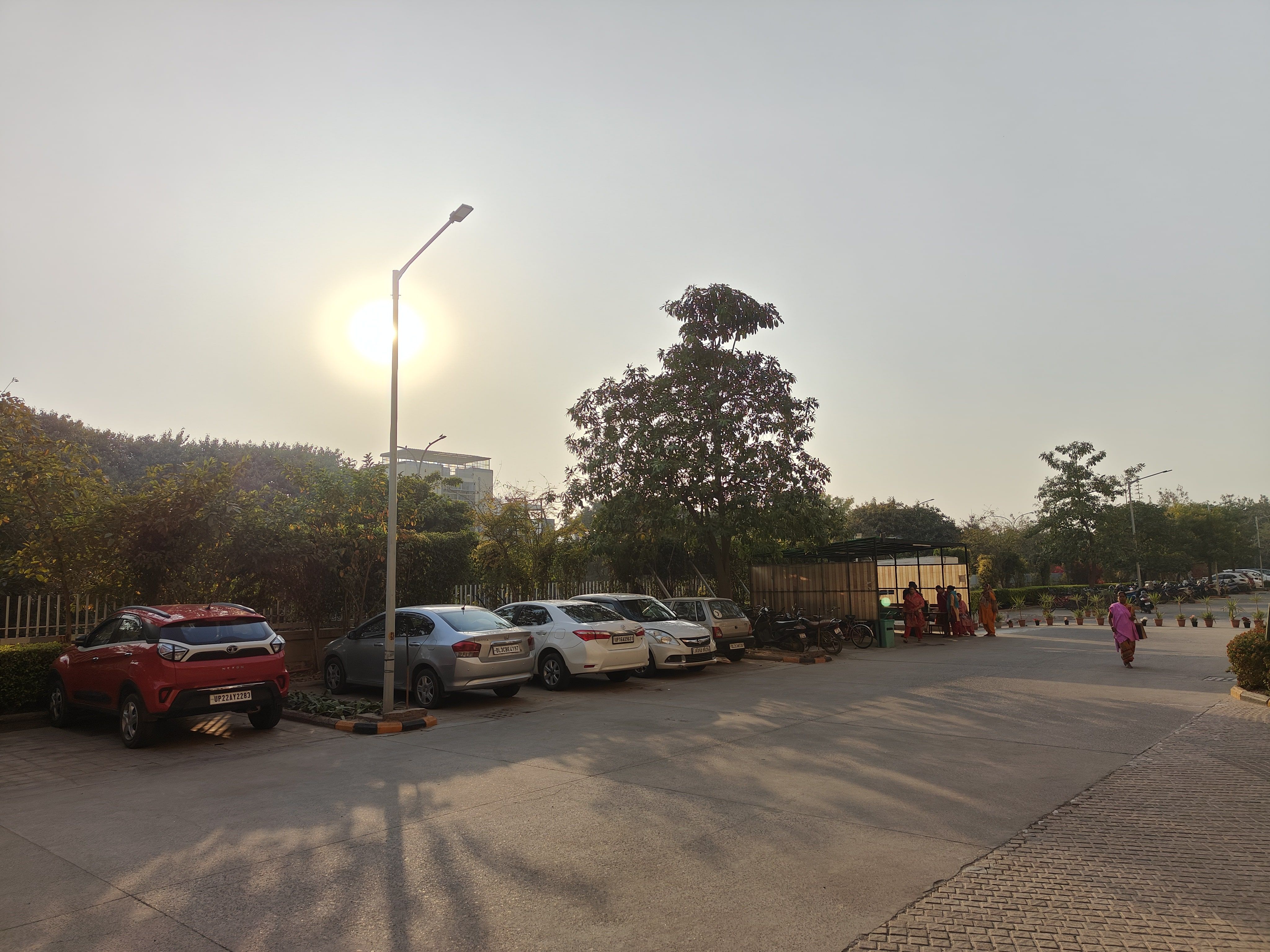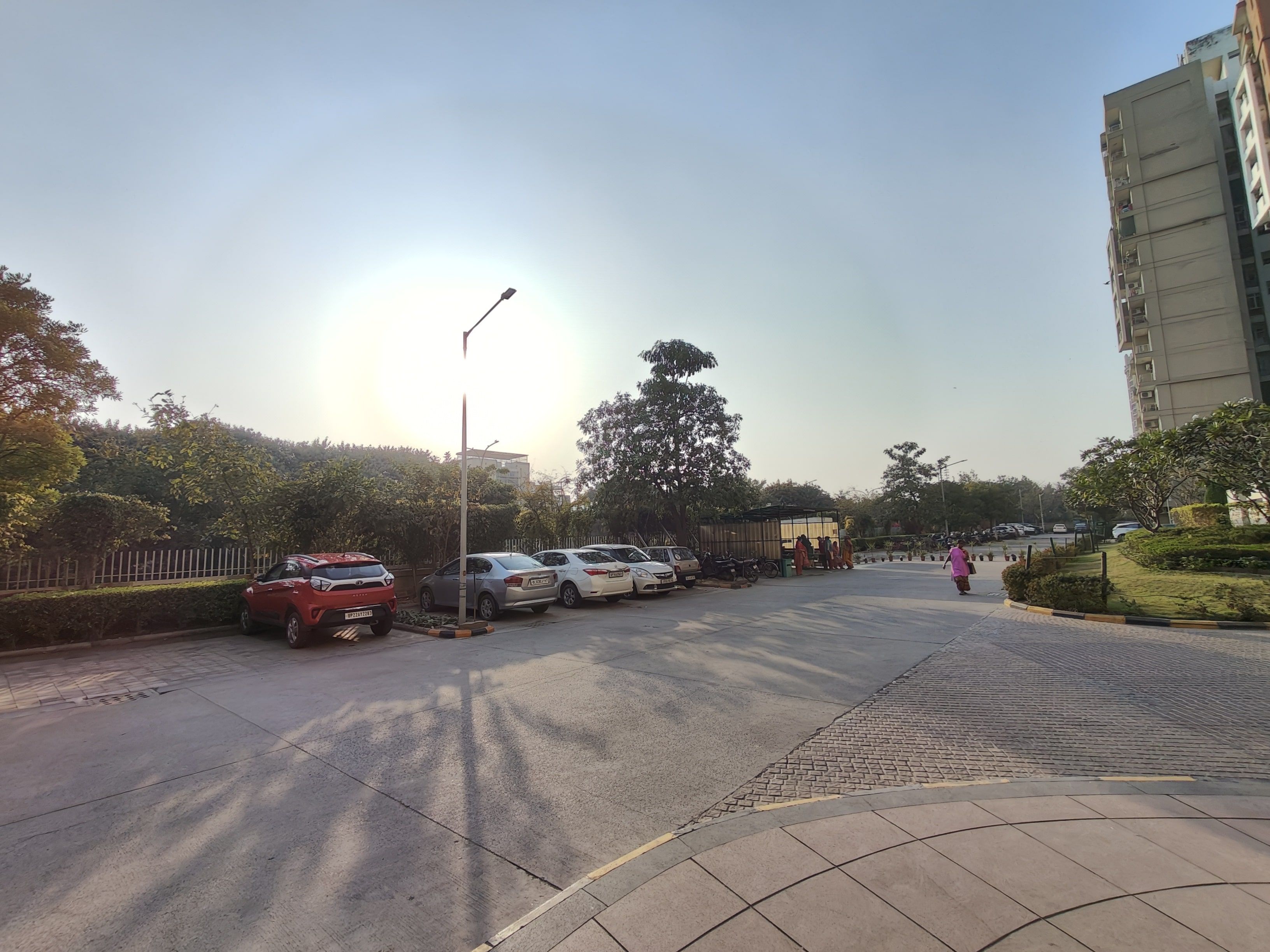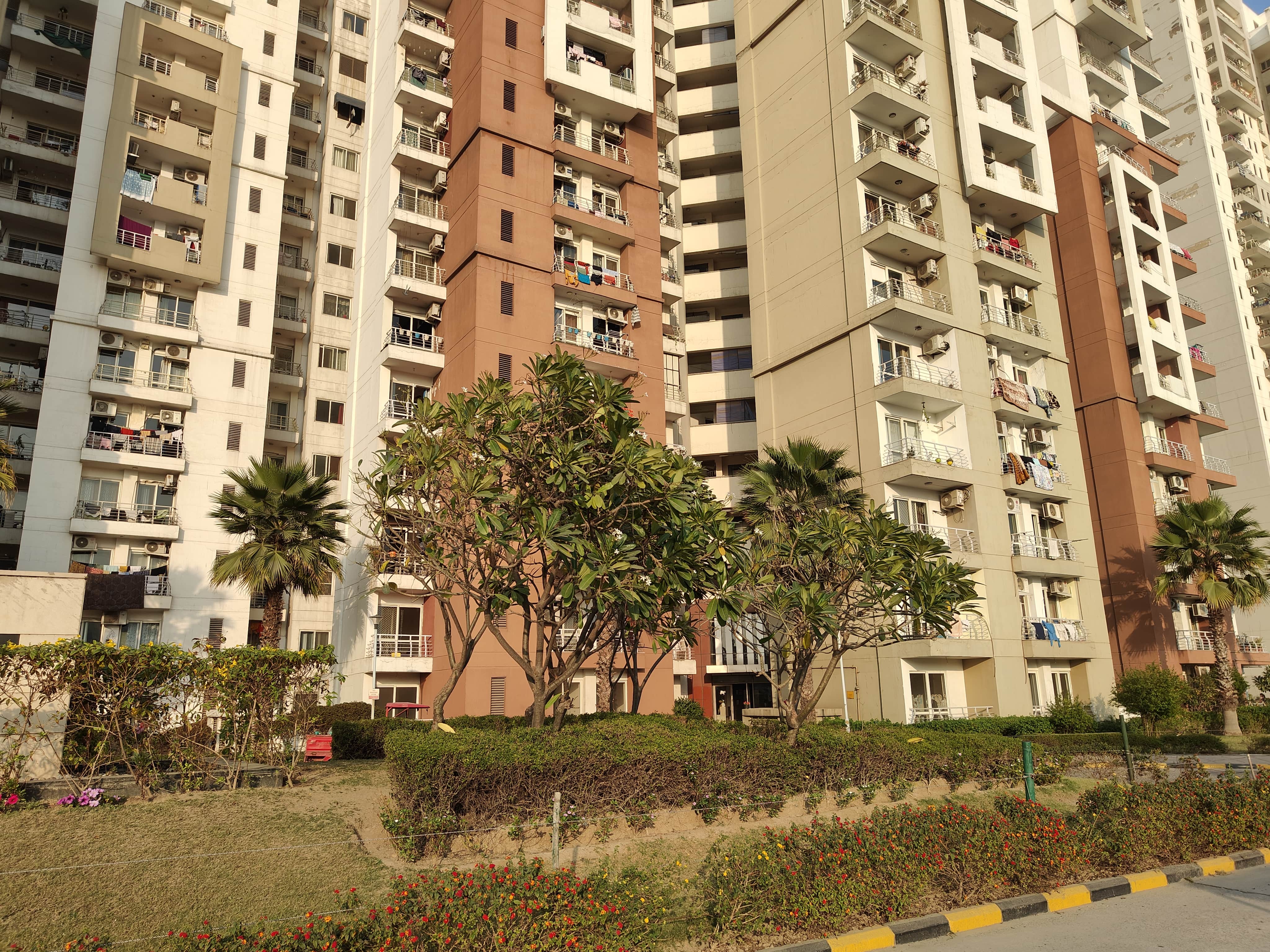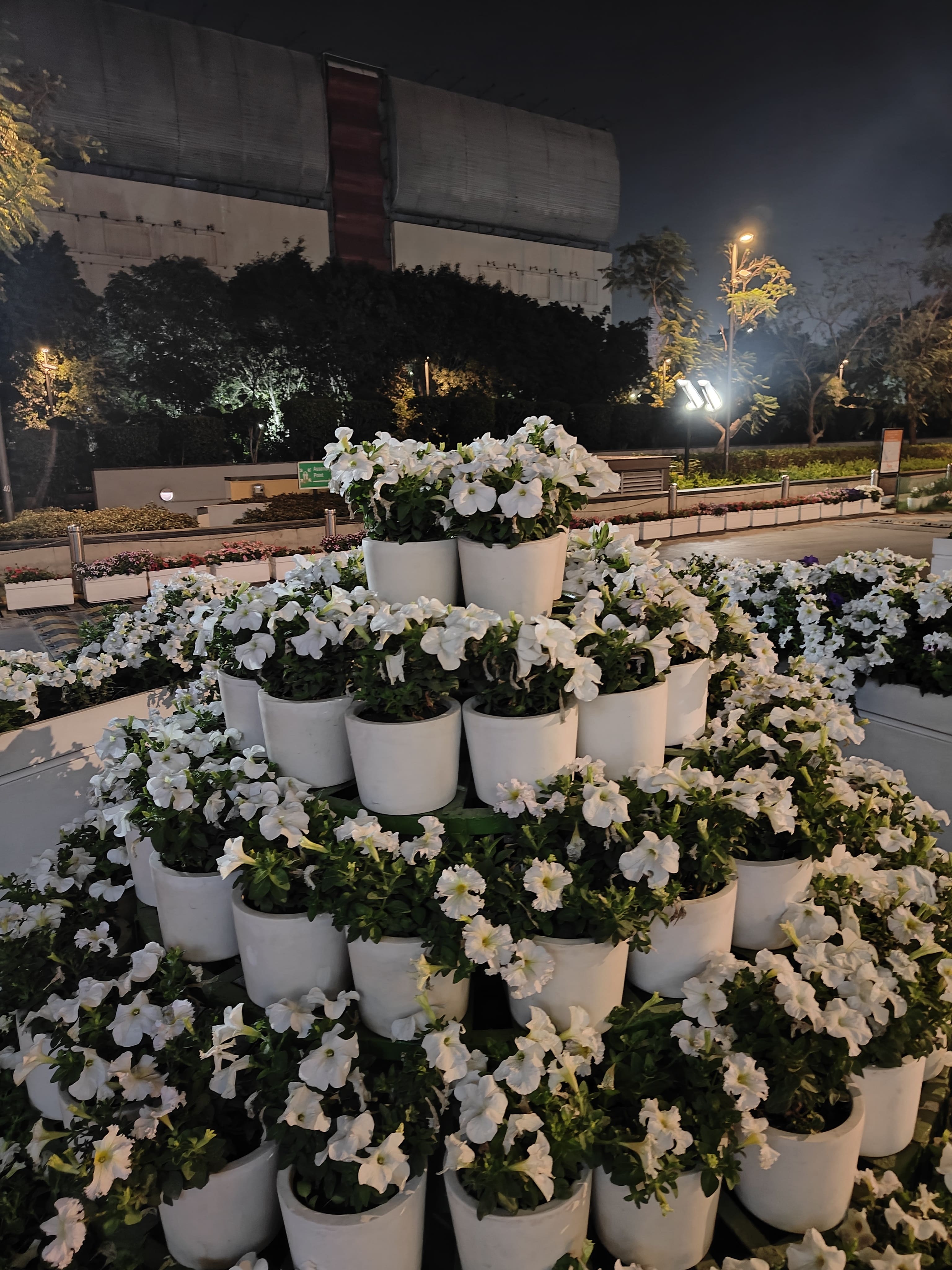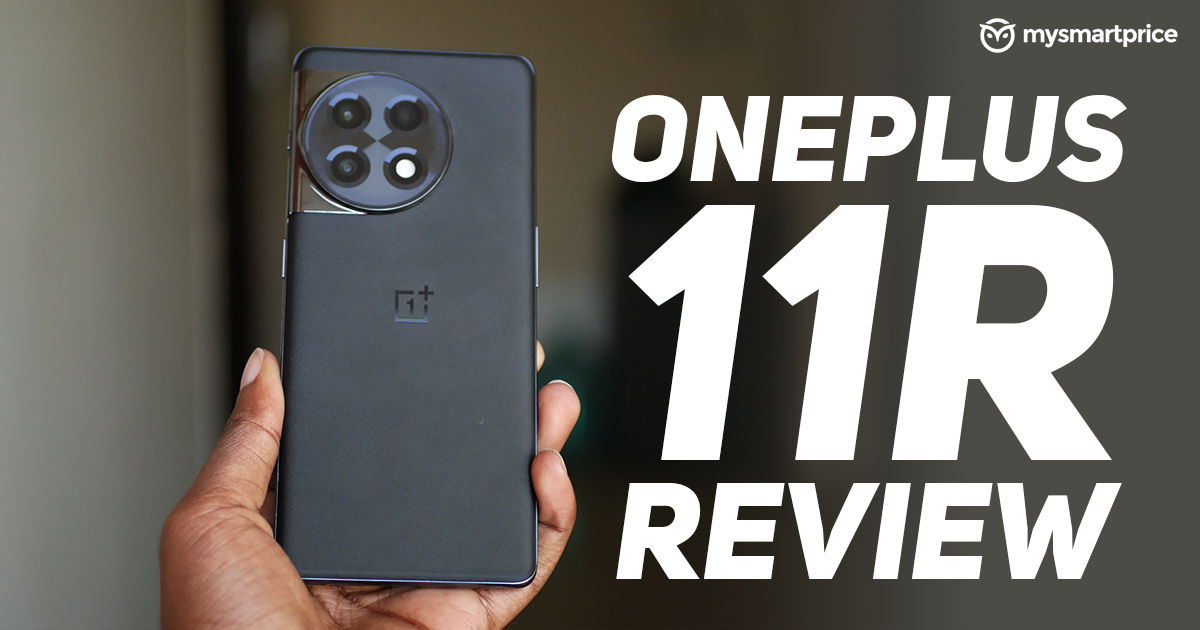
After receiving considerable backlash for not being the ‘flagship killer’ it originally was in the last few years, OnePlus seems to have finally made a comeback. The OnePlus 11R is the latest budget-friendly offering from the Chinese tech maker.
The ‘R’ variants are the toned-down versions of their respective flagships, but they, too, lost their charm in the last couple of years. The OnePlus 10R, for instance, was a rather forgettable smartphone as it skipped the beloved ‘alert slider’ and had some run-of-the-mill features.
The OnePlus 11R is the perfect redeemer on the surface. It’s the cheapest smartphone with the Snapdragon 8+ Gen-1 SoC in the market, making the performance champs of 2022, such as the iQOO 9T (Review) and OnePlus’ own 10T (Review) sweat.
But how can it possibly offer so much firepower for so little? Has OnePlus cut some corners to fit the device in this price bracket? We answer this and many other hot questions in our review of the OnePlus 11R.
OnePlus 11R Review: Design and display
Telling apart the OnePlus 11R and 11 isn’t easy, the only difference being the lack of the Hasselblad logo on the former. This polarises the public – some people prefer a strong distinction between the two, whereas others enjoy the deceptive premium-ness. Nevertheless, the OnePlus 11R is a sturdy and well-built device. The phone is available in two colours: Sonic Black and Galactic Silver. We have the former for this review.
The back panel incorporates the customary sandstone-like matte finish. It didn’t pick up any fingerprint marks or smudges and even sustained drops on concrete a few times, proving that the Corning Gorilla Glass 5 was working overtime. You can avoid anxiety by slapping the included rubber case.
The circular camera module at the back is borrowed from its sibling, seamlessly transitioning into the phone’s plastic railings. Keeping the gas stove jokes aside, the design gets major props from us because it’s genuinely premium and not tacky, something that other smartphones of its price don’t quite get right. The camera island protrudes prominently, making the phone wobble when kept on flat surfaces. However, the curved edges help you with a comfortable grip, and using the device in one hand is also possible.
On the right, the frame houses the power button and, cue in claps for the prodigal son’s return, the alert slider! The bottom portion of the device holds in place a speaker grille, a secondary microphone, a USB Type-C port and a SIM tray. The left side has the volume rockers, while the top portion has a primary microphone and an IR blaster (?) So it’s surprising because the OnePlus 11 skips it. The OnePlus 11R weighs 204 grams, a gram less than the flagship, with the overall heft concentrated around the top half.

The front of the OnePlus 11R looks stunning, thanks to the curved display. It sports a 6.74-inch AMOLED display with a resolution of 2772×1240 pixels. It has relatively thin bezels on all sides except the slightly thicker bottom. While the LTPO panel is reserved for the OnePlus 11, the 11R uses the toned-down ADFR 2.0 panel, which automatically adjusts refresh rates varying from 40Hz, 45Hz, 60Hz, 90Hz, and 120Hz based on your daily habits.
Manually, you can only switch between 60Hz and 120Hz. The overall experience with the display was smooth when kept at 120Hz, and all social media apps were optimised for it.
The OnePlus 11R’s display has a brightness of 500 nits, with the numbers reaching 1450 nits while watching HDR content. Using the display in bright sunlight during spring in Delhi was easily possible.
The OnePlus 11R has the Widevine L1 certification and supports HDR playback on Netflix out-of-the-box. No Dolby Vision certification here, but that’s okay, as watching TV shows and movies on display was still a fun experience. The colours on the panel are punchy and vibrant, with deep blacks. You can switch the display’s colours between Vivid, Natural, and Pro modes.
The curved display acts as a blue ribbon on a perfect package. Fortunately, we didn’t face any accidental touch issues with the curved panel, as that is something very common. However, we did come across a certain bug wherein the display didn’t respond for a couple of seconds. The traditional “turn-it-off and turn-it-on” make it usable again. Hopefully, an update can fix this soon.
The stereo speaker setup aids the entire multimedia experience. Just like the OnePlus 11, the younger sibling also gets Dolby Atmos certification. Depending on your preference, you also get to play with different profiles in the setting. The speaker produces balanced output with crisp details. We did not notice any crackles at full volume either.
OnePlus 11R Review: Performance and software
The OnePlus 11R is powered by the Qualcomm Snapdragon 8+ Gen 1 SoC, putting it in the league of more expensive smartphones such as the iQOO 9T. The chipset is based on the 4nm fabrication process and is rated at peak speeds of 3.0 GHz. For context, the iQOO 9T has amped the chipset to reach peak clock speeds of 3.2GHz since it’s tuned for performance.
The OnePlus 11R can be bought in two variants: 8GB of RAM and 128GB storage, retailing for Rs 39,999. The higher variant comes with 16GB RAM and 256GB of storage with a price tag of Rs 44,999. The handset uses LPPDR5X and UFS 3.1 for RAM and storage, respectively.

The OnePlus 11R ran through day-to-day tasks with ease. The phone was able to tackle multi-tasking between a bunch of apps without breaking a sweat. The Snapdragon 8+ Gen 1 chipset has proved its power in the past, and we are not surprised. The phone also has good RAM management.
The OnePlus 11R uses an in-display fingerprint sensor, which works flawlessly almost every time. Face unlock also does its deed well in decently-lit conditions. The haptic feedback on the handset was also good.
The OnePlus 11R passed our usual stress test without much fuss. Our usage can be reflected in the benchmark scores as well. We ran it through AnTuTu tests which registered a score of 856,065, which is miles ahead of the OnePlus 10T, which scored 787,493. However, the performance-focused iQOO 9T outperforms the OnePlus 11R with a score of 1,087,936. The device managed to score 919 and 3614 in single-core and multi-core tests on Geekbench 6, respectively.
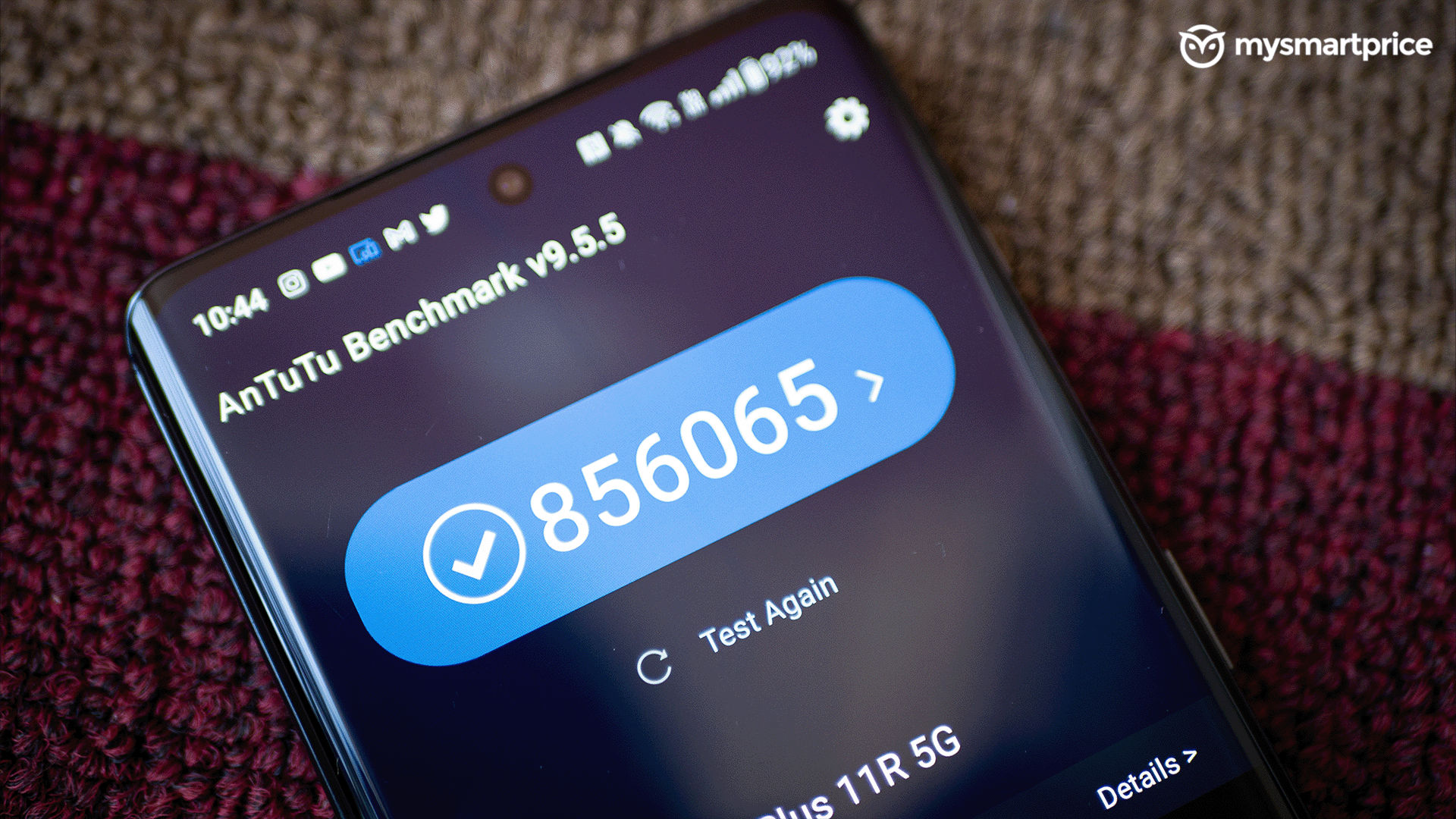
The OnePlus 11R, naturally, maxed out the tests on 3DMark’s Sling Shot Extreme. It scored an overall score of 2807 with an average frame rate of 16.80. Wild Life Extreme Stress Test managed a stability of 60.3%. We also put the device through a CPU throttling test, and it throttled to 80% of its performance, with the graph running green for the better part.
As for gaming, we tested a bunch of different games ranging from BGMI, Call of Duty: Mobile, Apex Legends Mobile, and CarX Street. The phone performs well in most cases, but we noticed a few instances where the frames dropped to a lower number in games such as BGMI and Apex Legends Mobile. This was more evident in the latter, especially when dropping in locations with multiple squads. We saw frame drops from 60fps to 13fps at times. Call of Duty: Mobile ran well. The handset did not heat up to any concerning levels during our tests, which is good.
The OnePlus 11R is not being marketed as a gaming-centric smartphone, and the results of our gaming test also indicate that. For optimal performance, playing at low graphic settings and high frame rates is best. The iQOO 9T still remains a beast when it comes to gaming performance, in comparison. If you want to know more about OnePlus 11R’s gaming capabilities, watch the video below.
The OnePlus 11R runs OxygenOS 13 based on Android 13 out of the box. As of writing this review, the device runs on the January security patch. The software still has residues of Oppo’s infamous ColorOS, primarily seen in the notification panel. You get a lot of room for customisation on the home screen, with the likes of ”Material You” icons and other stuff included.
We did not have any major gripes with the whole software experience, and thankfully, the inclusion of bloatware is also minimal. A bunch of special features, such as Flexible windows, a Smart Sidebar, Work-Life Balance, and more, are still here. We did not face any stutters or lags throughout our usage, even with multiple notifications flowing in.
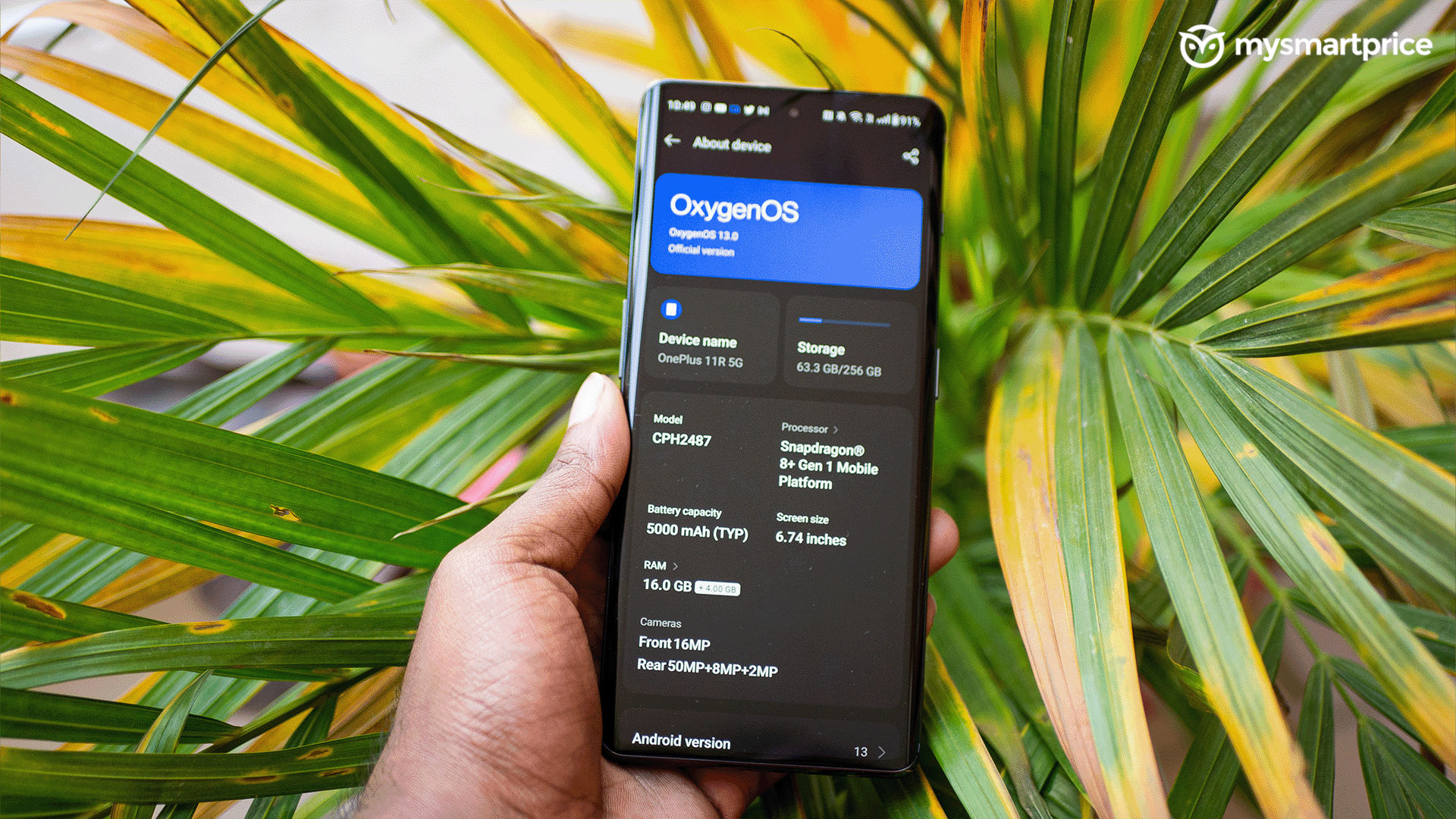
OnePlus 11R Review: Cameras
OnePlus goes for a tried and tested camera setup with their affordable flagship, and we don’t blame them much. Under the huge camera module is a triple camera setup led by a 50-megapixel Sony IMX890 sensor. It also comes with an 8-megapixel ultra-wide angle camera and the inevitable 2-megapixel macro camera. The hole punch at the front comes with a 16-megapixel camera. The primary shooter uses the same Sony IMX890 sensor as the OnePlus 11 and the recently launched Realme GT 3.
The camera UI is straightforward and simple. All the necessary settings and effects are at arm’s length. Some extra settings can be found in the hamburger menu on the top right side. Pro mode is also available for expert users.
Clicking photos on the OnePlus 11R was fun, partially because of its fast-focusing capabilities. Photos had the typical OnePlus colour tuning with crisp and detailed images.
The colours tend to be on the warmer side of the scale, sometimes giving the photos a ‘’Breaking Bad’’ look. Post-processing tends to favour vibrant colours such as red. The photos had good contrast, as you can see in the leaves (image below), and they managed to extract a decent amount of details from the shadows.
OnePlus’ colour science tends to overdo skin tones in certain scenarios, rendering the face of human subjects to showcase a tad bit of red tones. The dynamic range of the photos is good, but if you place a human subject in a tricky situation, it adds a little halo effect around the head. This could be seen on the OnePlus 11 as well.
The lower resolution ultra-wide angle camera does not resonate with the primary sensor and takes cooler photos. There’s an evident loss of details, but that’s obvious. Nevertheless, images were usable with minimal distortion.
The 2-megapixel macro camera is almost useless. However, it takes okay-ish photos, provided the subject is exposed to a lot of light.
Photos taken in low-light conditions with night mode on had a good amount of details with minimal grains. However, the ultra-wide angle camera takes below-average photos in dim conditions. Portrait mode works well with good edge detection and depth. The selfie camera also takes crisp photos with close-to-natural skin tones. The portrait mode on the front camera also does a good job of blurring the background neatly. It can take videos up to 4K 60fps with decent stabilisation. The Ultra-Steady option is also available, but it’s locked to 1080p.
OnePlus 11R Review: Battery and charging
The OnePlus 11R comes with a 100W SuperVOOC charger instead of the 150W brick we saw on the OnePlus 10R last year.
We don’t really see it as a downgrade since this wattage is also quite crazy. The same brick is being used on the OnePlus 11, so OnePlus really wants you to feel like you’re being offered the top stuff.
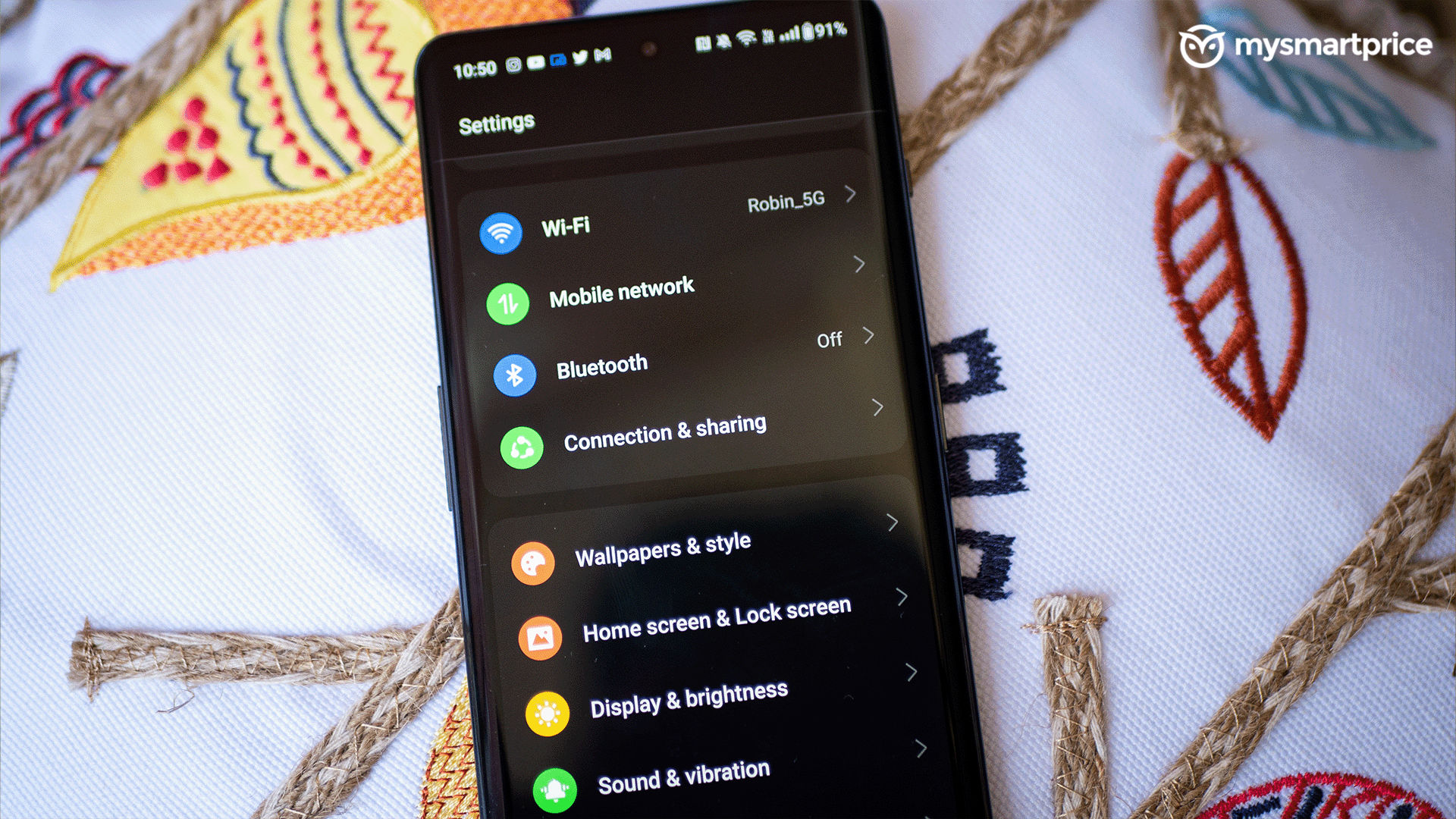
The 11R is backed by a 5,000mAh battery, offering some impressive backups. We managed to average anywhere upwards of the seven-hour screen on-time mark with average usage. Most of our time was spent on social media apps such as Instagram and Twitter while also meandering around on YouTube and Netflix, along with some light photography.
From the pattern, it looks like the OnePlus 11R should easily last you over a day with heavy usage too. OnePlus has stressed how its ‘Smart Battery Health Algorithm’ significantly improves the phone’s lifespan even after four years of use. The 100W charger takes roughly 10 minutes to reach 45 per cent and about half an hour to juice up the battery entirely from dead.
OnePlus 11R Review: Verdict
The OnePlus 11R is, without a doubt, a value flagship. It gets almost everything right — starting from the price. From the looks of it, OnePlus was able to lower the price tag a bit by cutting down on the charger wattage, which is not really a dealbreaker to begin with.
The phone looks and feels premium, partially because it looks very much like the 11. Besides that, the curved display is great for watching content — paired with the stereo speaker setup. The primary camera also works well in most conditions. All of this, combined with the excellent battery life, is something that makes this a good package.
If you can look past the exclusion of an IP rating and the average ultra-wide angle camera — the OnePlus 11R can be a good smartphone for everyday users. In fact, we’ll go out on a limb and say the OnePlus 11R is a device that is more value for money than the OnePlus 11.
However, if you are someone who wants a performance and gaming-centric smartphone, the iQOO 9T is still your best choice, with a higher price tag, of course.

